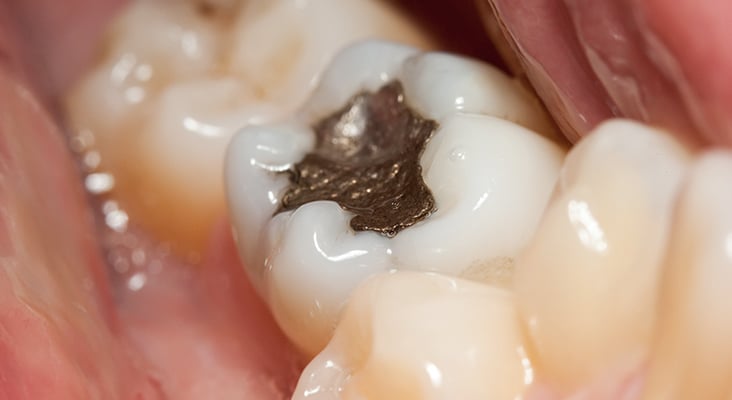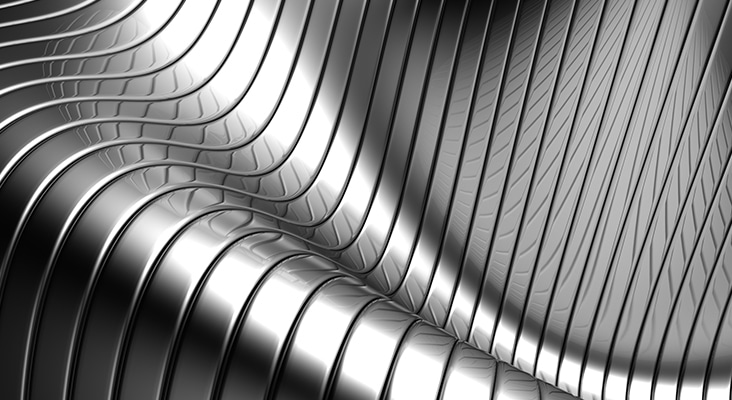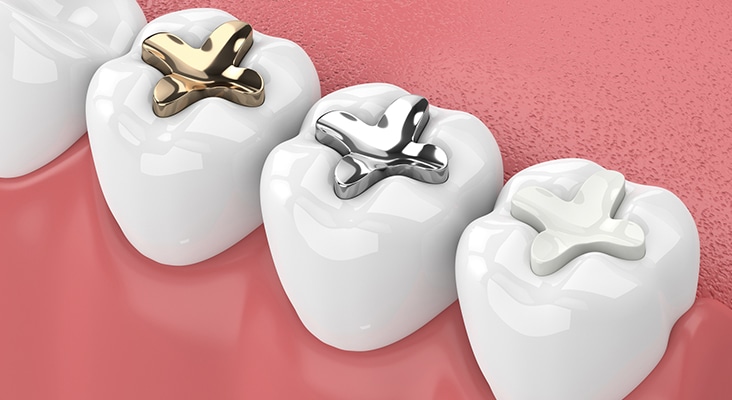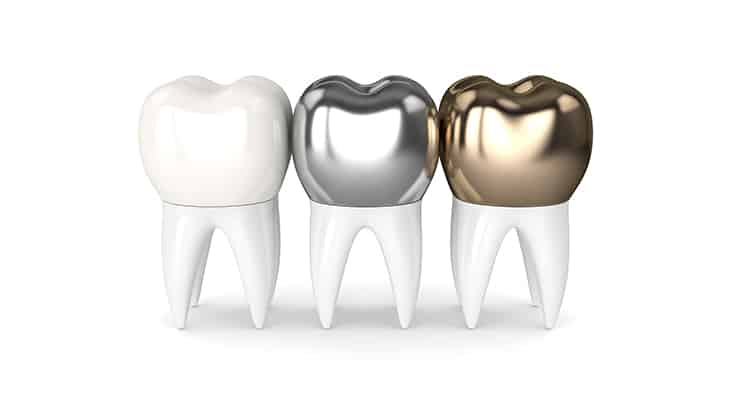Reducing Amalgam Waste
While dental amalgam offers many benefits, its negative environmental impact requires a strict disposal process.

Dental amalgam has been used successfully in dentistry for more than 150 years. In recent decades, however, resin materials have become increasingly popular due to their high esthetic quality and ability to mechanically bond to natural teeth, in addition to concerns about the health and environmental effects of the mercury found in amalgam.
Photo Credit: icefront / iStock / Getty Images Plus

Safety and Efficacy
Dental amalgam has been used successfully in dentistry for more than 150 years. In recent decades, however, resin materials have become increasingly popular due to their high esthetic quality and ability to mechanically bond to natural teeth, in addition to concerns about the health and environmental effects of the mercury found in amalgam.
Photo Credit: hoodesigns / iStock / Getty Images Plus

A Closer Look at Amalgam
Dental amalgam is a combination of metals that typically includes silver, tin, copper, zinc, and mercury. Silver increases the strength of amalgam, decreases creep, and is largely responsible for its luster when polished. Amalgam is approximately 50% mercury and is necessary to wet the particles for amalgamation of the metals. The advantages of amalgam restorations include biological compatibility, ease of adaptation and placement, ease of replicating a tooth’s anatomy, ease of polishing, and low cost. Disadvantages of the filling are poor esthetics, thermal conductivity, the need for sufficient bulk to support amalgam margins, and potential discolorization of proximate hard and soft tissues. Another disadvantage is the creation of mercury waste, which poses an environmental hazard.
Photo Credit: ayo888 / iStock / Getty Images Plus

Environmental Risks
The US Environmental Protection Agency (EPA) estimates there are approximately 120,000 dental facilities that use amalgam and discharge wastewater into publically owned treatment works (POTWs). It is difficult to measure the actual amount of amalgam waste that is discharged from dental offices into sewage systems but it remains an area of concern. Estimates regarding the amount of mercury from dental amalgams discharged vary from 3.7 tons to 6.5 tons per year. The main problem is that mercury does not degrade, but can change from one form to another, depending on the environment. In bodies of water, microorganisms can convert some forms of mercury to methylmercury, which is highly toxic. Aquatic organisms and fish thereby acquire methylmercury, which accumulates and persists in the food chain.
Photo Credit: asbe / iStock / Getty Images Plus

Reducing Risks
Implementing a best management practices program for amalgam waste includes sustaining the costs of purchasing and maintaining amalgam separators as well as amalgam waste recycling fees. There are three typical options for acquiring amalgam separators: purchasing and maintaining; purchasing and contracting with a company for maintenance; and leasing a separator with maintenance and service included in the fees. Installation costs can range from hundreds to thousands of dollars depending on the size of the dental facility. The size of the separator depends on the number of dental operatories. How frequently the filters and traps need to be cleaned or replaced depends on a facility’s wastewater flow rate.6 Annual recycling costs run in the hundreds-of-dollars range and vary based on the amount of waste produced and how the recycler receives the waste.
Photo Credit: artorn / iStock / Getty Images Plus

Tools to Manage Risk
Highly efficient amalgam separators may use several techniques to remove various-sized particles from dental waste water—namely sedimentation, filtration, centrifugation, or ion exchange. Sedimentation units reduce the speed of wastewater, allowing the amalgam particles to settle out via gravity. Filtration units remove both fine and coarse particles. Centrifuge units separate amalgam particles using centrifugal force. Combination units use two or more techniques to remove fine and suspended amalgam particles of mercury. The combination of chairside traps, filters, and separators has been shown to achieve 99% removal rates. Separators require maintenance, but this varies depending on the type.
Photo Credit: ayo888 / iStock / Getty Images Plus
Role of Recycling
Recycling dental amalgam waste is a part of best management practices that all dental facilities should follow. Recycling is a way to prevent mercury from being introduced to the environment and safely recycled for use in new products. Amalgam recycling companies may not accept all types of waste. Thus, a recycling company should be hired prior to recovering amalgam waste so the company’s specific handing requirements can be met. Standard precautions should always be observed when handling amalgam. Amalgam waste should be stored in a covered plastic container and labeled “Amalgam for Recycling,” or as directed by the recycler. Dental facilities should keep a log of scrap amalgam waste to serve as documentation of proper disposal.
Photo Credit: Anson_iStock / iStock / Getty Images Plus

Instilling a Protection Program
Managing amalgam waste requires knowledge of and commitment to best practices for all dental team members. The ADA has determined that the best approach to handling the mercury waste disposal problem is for all dental facilities to implement best practices. The voluntary approach was well-received by environmental regulators.

